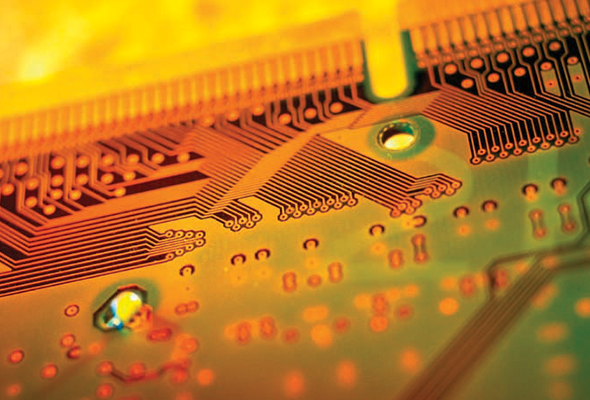A main priority for engineers and technology companies in the United States is to develop ways to get the next generation interested in science and engineering. This way, our children will one day be able to lead global development for PCBs, consumer products, medical research and more. Researchers at Harvard University are doing just that and have created an inexpensive robot using basic printed circuit boards that gives children the tools they need to learn about programming and robotics.
This robot uses vibration motors for locomotion and does not have a chassis, according to WIRED. So how does it work? The robot gets its programming interface and power from a connected laptop or desktop computer and uses a highly graphical programming language that allows children to drag and drop commands for it to carry out. In addition to creating this robot, which only costs around $10, the research team has developed a 15-lesson curriculum that teaches students about sensors, programming flow and logic and how to create specific robot behavior.
Starting with the Basics of PCBs
In order for students to gain an understanding and passion for engineering, steps must be taken to introduce them to PCBs and the basics when they are in middle school and high school. From basic design theories to component and material selection, it is important for kids to work with printed circuit boards and start to learn programming languages. This will help to develop the next generation of engineers that will have the tools they need to foster innovation and invention down the road. To learn more about how Advanced Circuits supports engineering students and their development, contact a representative today.








